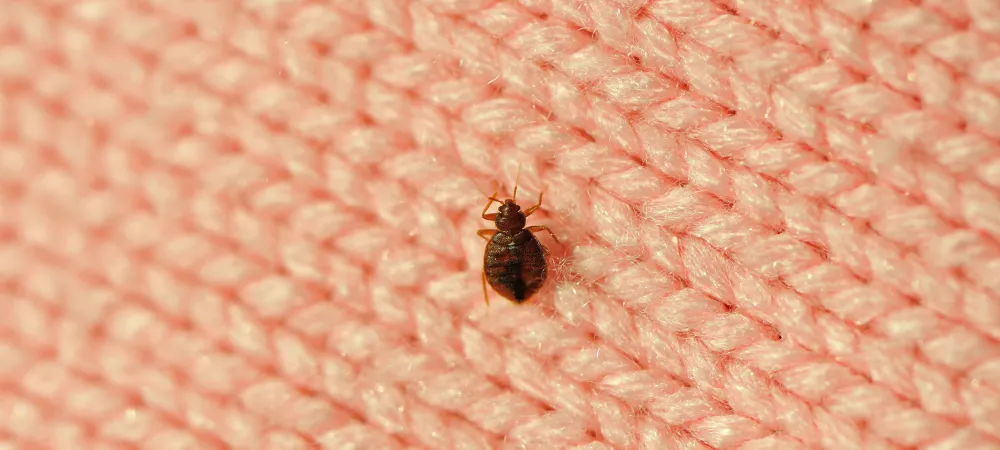Good Night, Sleep Tight & Don’t Let The Bed Bugs Bite!

We have all heard of the short nursery rhyme and many of us have even said it to our children…
“Good night, sleep tight,
Don’t let the bed bugs bite,
Wake up bright
In the morning light
To do what’s right
With all your might.”
Author: Unknown
Dangers of Bed Bugs
The short little rhyme reminds us that it maybe a small saying to tell your children before they go to bed, but the scary part about it, is that Bed Bugs are REAL. But instead of going bump in the night, they prefer to go chomp on the slumberer. So, when did bed bugs start biting humans anyway creating the famous Good Night, Sleep Tight & Don’t Let The Bed Bugs Bite bed time nursery rhyme?
Once upon a time, around 10,000 years ago (according to most scientists) bed bugs were born, and they started to feast on humans. According to a theory at the New Mexico State University’s College of Agricultural Sciences, the bed bug jumped from other animals to humans most likely because humans slept on sheets made of dried grass covered with animal skins. This particular environment was perfect for bed bugs to hide and to feast and have been sleeping with humans ever since. Archaeologists have even found fossilized bed bugs in human dwellings in Egypt dating back about 3,500 years ago.
Bed bugs (Cimex lectularius) are small, flat, parasitic insects that feed solely on the blood of people and animals while they sleep. Bed bugs are reddish-brown in color, wingless, range from 1mm to 7mm (roughly the size of Lincoln’s head on a penny). Because bed bugs are experts at hide and seek, it truly is hard to see them. Bed Bugs are transported from place to place as they hitch a ride in luggage, bags, clothing, furniture, and anywhere else that they can hide and catch a lift. Also, everyone and anyone from anywhere is at risk of getting bed bugs. Bed Bugs are found just about everywhere in the world from five-star hotels to bleach cleaned homes. They hide during the day in mattresses, box springs, headboards, dresser, cracks, wallpaper or any other object around a bed. But, they typically live within 8 feet of where people sleep.
According to the CDC, “Bed Bugs should not be considered as a medical or public health hazard.” Unfortunately, they are really annoying because they cause itching and a loss of sleep. People have different personal reactions to the bite ranging from red bumps to even a serious allergic reaction which may need medical attention. The best way to treat a bite is to avoid scratching the area and apply antiseptic creams or lotions and take an antihistamine. Bed bug infestations are commonly treated by insecticide spraying. The tell-tale bit marks may appear anywhere on the body, but they typically take as long as 14 days to develop. So it is really important to look for other signs that you might have an infestation such as bed bugs’ exoskeletons after molting, bed bugs in the fold of mattresses and sheets, rusty–colored blood spots due to their blood-filled fecal material that they excrete on the mattress or nearby furniture, and a sweet musty odor.
If you suspect that you have an infestation, contact a Professional Bed Bug Treatment Company like Terminix of New Orleans that is experienced with treating bed bugs. The best way to prevent bed bugs is regular inspection for the signs of an infestation. This will help ensure that you have a Good Night, Sleep Tight & Don’t Let The Bed Bugs Bite!
